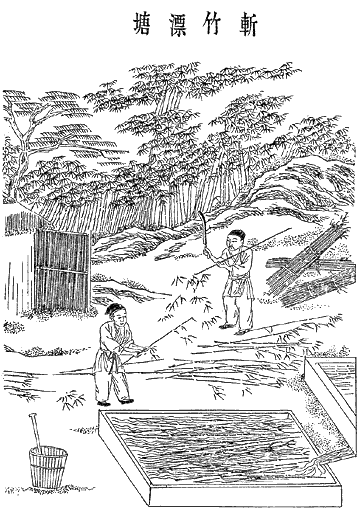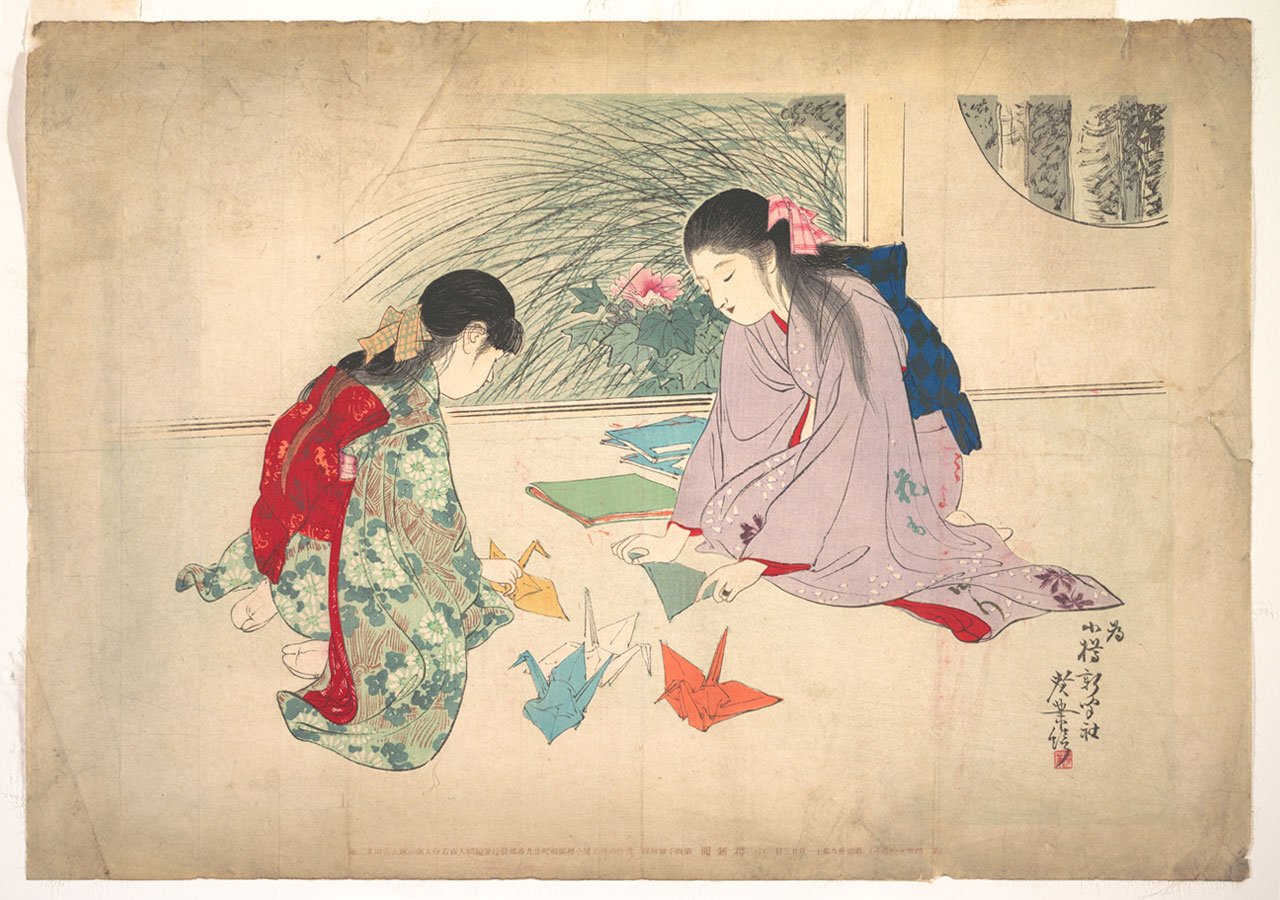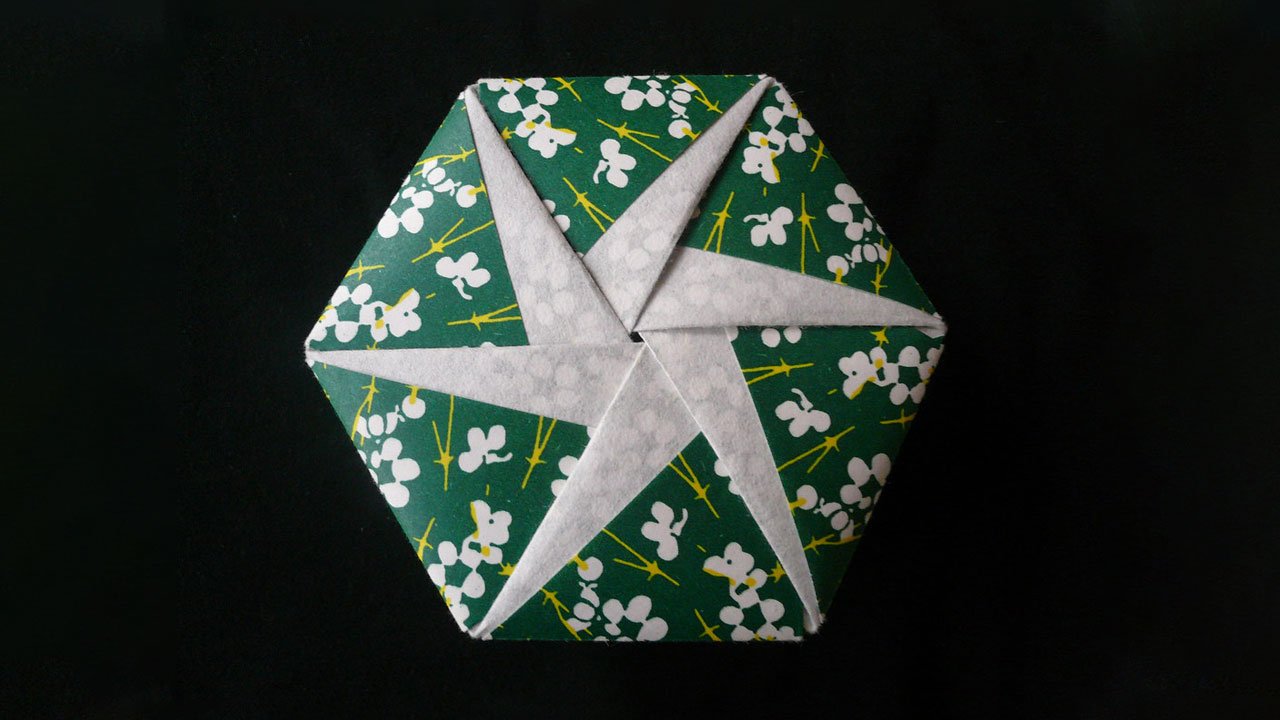Paper is the most precious material in a modern retrospective of raising ecological awareness and replacing plastic. What if we drop the pragmatic side of its appliance and speak more of an artistic features of paper folding art?
Let me guess, the most well-known origami art figure from your craft arsenal is the paper crane? That’s okay because this one is considered to be the classics of paper folding. But do you know where the ancient technique comes from? Let’s take a quick trip to the history of origami.
What is origami?
Searching for the origami definition you have to simply turn to the word meaning itself. The modern “origami” is composed of Japanese words “to fold” (oru) and “paper” (kami). Although the previous form used to be orikata, meaning “folded shapes”, the new word form makes more sense about the process of paper folding. Paper folding art is known in the world as a form of picturing figures, characters and even events in a paper form: it’s taught in kindergarten and schools, it’s also taken both as a hobby and professional occupation, pushing people to participate in origami championships.
Origins and history of origami
Not hard to guess why the history of origami is closely connected with the appearance of ancient paper in the flow of people’s inventions. It all comes from China where the paper was first manufactured around 105 A.D., and later on in the 6th century brought to Japan as well.

The new material has facilitated the life of people a lot. Before this fateful ancient paper discovery, the Chinese had to burn all the possessions of the deceased so as to provide the easy way for a soul to heaven. Later on, the paper was used to put down the lists of things the person had and burn it. In 900 AD the traditional Chinese symbol of a funeral was yuanbao — gold nugget made of folded yellowish paper.
Paper folding in Japan
The most well-known traditional non-religious examples of origami use were noshi — folded paper in the form of a wedge, attached to presents as a token of good fortune; and tsutsumi, which literally means packaging, present, gift. The patterns Japanese origami was sticking to represented animals, flowers and elements of nature.

The most well-known traditional non-religious examples of origami use were noshi — folded paper in the form of a wedge, attached to presents as a token of good fortune; and tsutsumi, which literally means packaging, present, gift. The patterns Japanese origami was sticking to represented animals, flowers and elements of nature.

Origami art in Europe
It’s believed that paper folding showed up in Europe around the 12th century and first struck Spain. The Spanish called this papiroflexia or pajarita. According to the other version, paper folding has evolved from napkin folding with its imaginative methods of arranging fabric, popular in the 17th century.

Then the craft went further: the founder of kindergartens Friedrich Fröbel has included paper folding activities as the obligatory part of kids’ schedules. This move has brought attention to the origami art and made it proliferate. Here, basically, origami art has never been a symbol of religion or sacred traditional ceremonies.
Folded paper in modern times
Modern approach to designing origami art pieces amazes with the amount of efforts one has to put into this activity. Long-stretching sheets of instructions, thousands of folds and tricky moves — all of it just to make the absolutely perfect combination of paper folding. Some of the origami masters even think of copywriting their masterpieces, carried out without any single cut or a glue stain.

The choice of paper also plays the vital part in origami art if you’re treating it as something og a high level hobby. And it concerns not only the material itself but the pattern and texture. So once you fall for origami art, you better do it the proper way.


